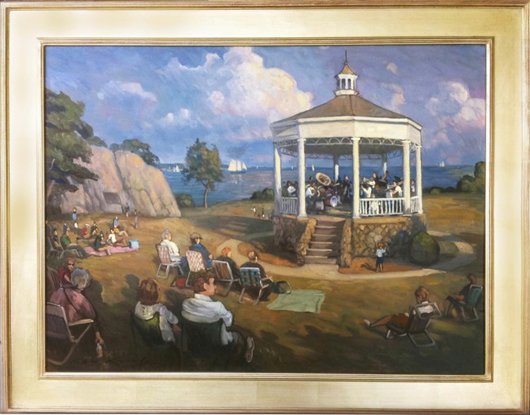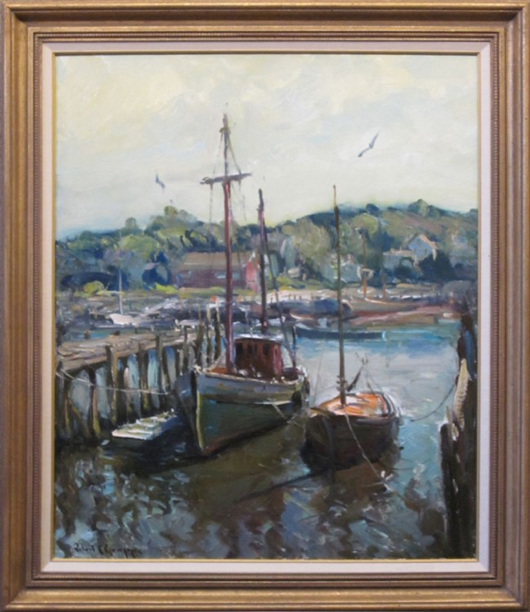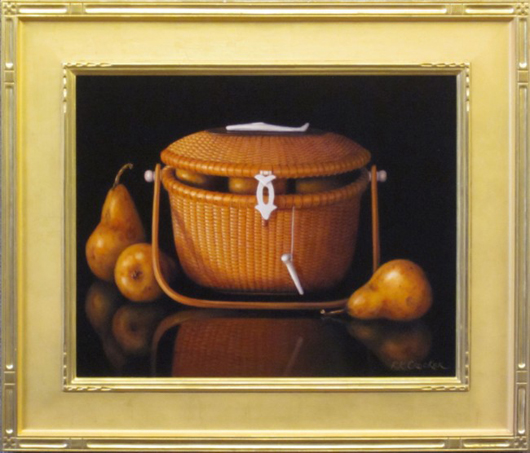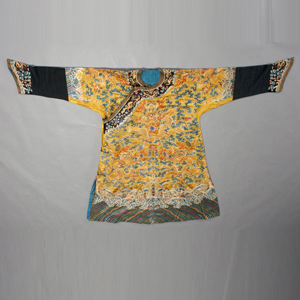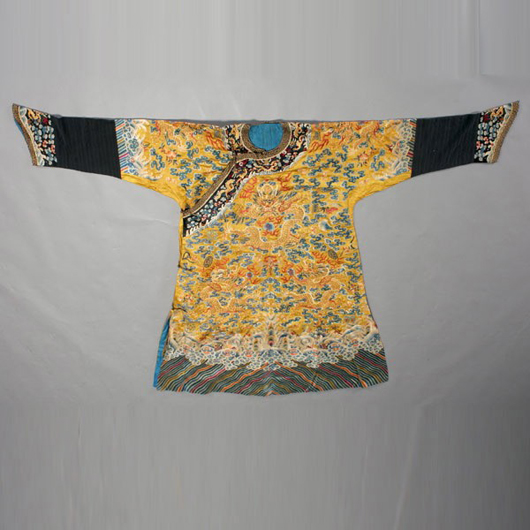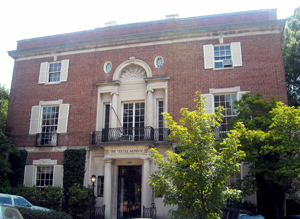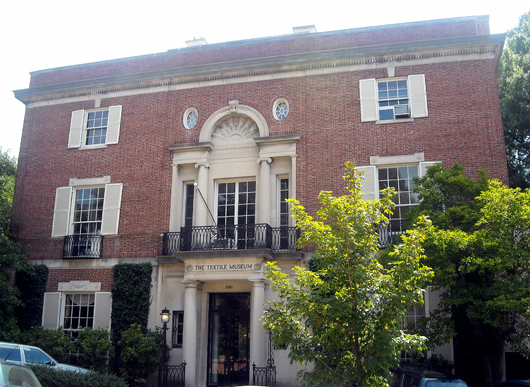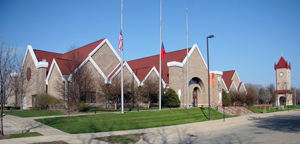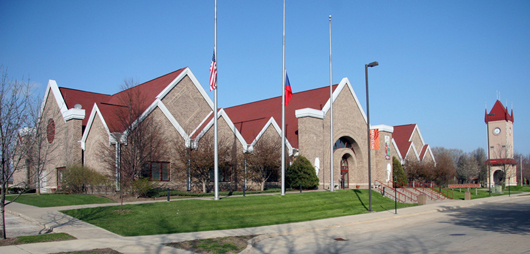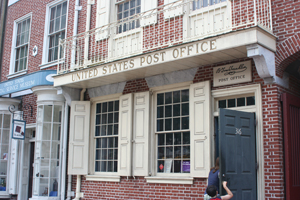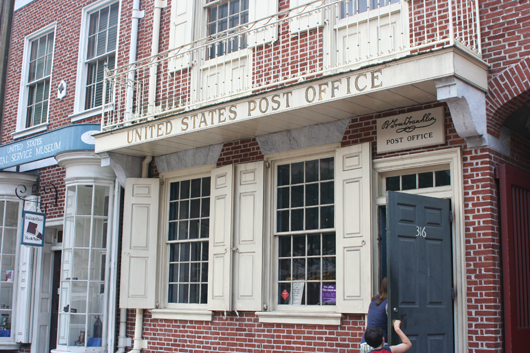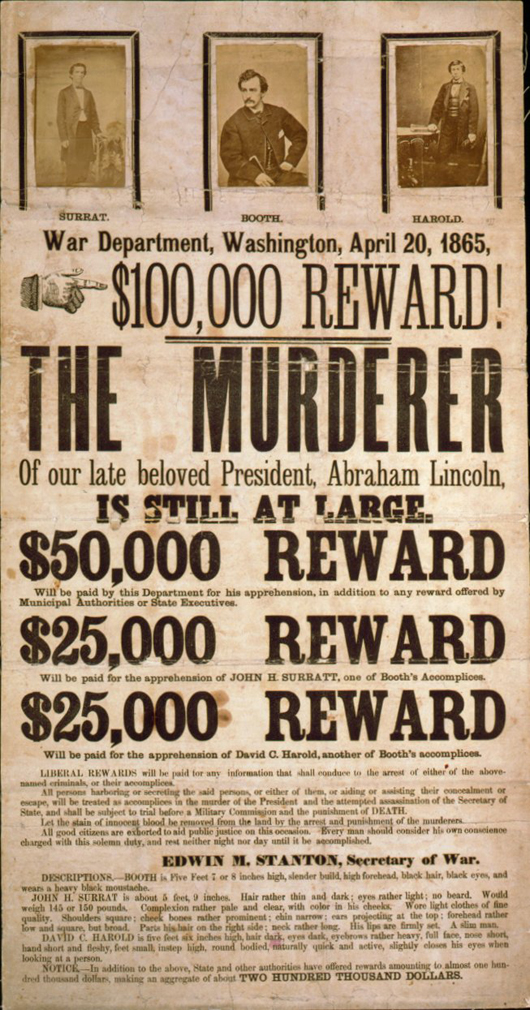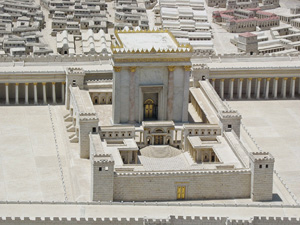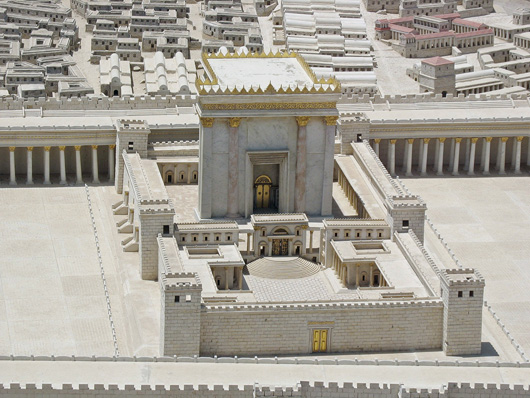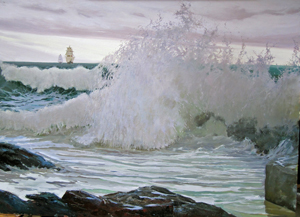
To kick-off the annual event, a special Gala Preview Party open to the public will be held Friday evening, July 29. Both events will take place at the NSAA waterfront gallery at 11 Pirates Lane in East Gloucester.
Auction artwork will also be available for previewing daily July 29 through Aug. 6 during regular NSAA hours (Monday-Saturday 10 a.m. to 5 p.m. and Sunday noon- 5 p.m.), or online at www.nsarts.org.
Selected through a juried process to ensure quality, nearly 100 distinctive works of art representing a wide range of artists, genres and mediums will be available for auction. Art lovers and potential bidders will have an opportunity to meet many of the artists and review their artwork at a Gala Preview Party, with live music, hors d’oeuvres from Passports Restaurant, and open wine bar, on Friday, July 29, from 5:30-8 p.m. The Gala Preview Party will allow guests to learn about the artists and, in some cases, the stories behind the pieces up for auction.
The live NSAA Art Auction will be held on Saturday, Aug. 6, from 7-9 p.m. with Beverly, Mass.-based Kaminski Auctioneers. Doors open at 6 p.m.
New this year, and perhaps for the first time at a regional art auction, live online bidding will be available. Those who cannot attend the auction in person may watch the proceedings on their home computers or personal electronic devices and make bids in real time while the auction is happening. To create an account and register for the NSAA Art Auction in order to participate in online bidding, go to www.LiveAuctioneers.com/browse/seller/NSAA .
“The new elements of this year’s NSAA Art Auction are designed to enhance the bidding experience for art lovers as well as broaden the audience to help raise important funds to support NSAA programs,” said Art Auction Chair Monica Lawton. “We have stepped into the 21st century with online bidding, but maintain the opportunity to make real, personal connections with the artists and increase appreciation of their work at the Gala Preview Party.”
Several well-known North Shore artists whose works are found in many private art collections will provide artwork for the 2011 NSAA Art Auction, including Paul George, Ken Knowles, Don Mosher, Charles Movalli, Dale Ratcliff and Jeff Weaver.
Gala tickets are $20; auction tickets are $15; tickets for both events are $30. Proceeds will benefit NSAA, a nonprofit cultural organization that has been connecting art and the North Shore community for nearly 90 years.
The NSAA 2011 Art Auction is sponsored by Cape Ann Savings Trust & Financial Services and supported by Cape Pond Ice, Kaminski Auctions and Passports Restaurant.
With its origins inspired by the great landscape and harbor painters of the mid-1800s through the 20th century, NSAA was formed by a group of prominent artists and Cape Ann residents. Its purpose was to bring together comprehensive and representative exhibitions of painting and sculpture, and to persuade other artists to come to the North Shore in an effort to further American art. Incorporated as a nonprofit institution in 1922, the NSAA opened its doors to the public on July 14, 1923, with the largest collection of art ever shown at one time in Gloucester.
Today, NSAA plays a vital role in supporting and promulgating the work of more than 500 members, while promoting arts education and appreciation in the community. Open daily May through October, NSAA presents juried and nonjuried gallery exhibitions of paintings and sculpture as well as classes and workshops for children, youth and adults, lectures, concerts and other special events. For more information, visit www.nsarts.org or call 978-283-1857.
ADDITIONAL LOTS OF NOTE

